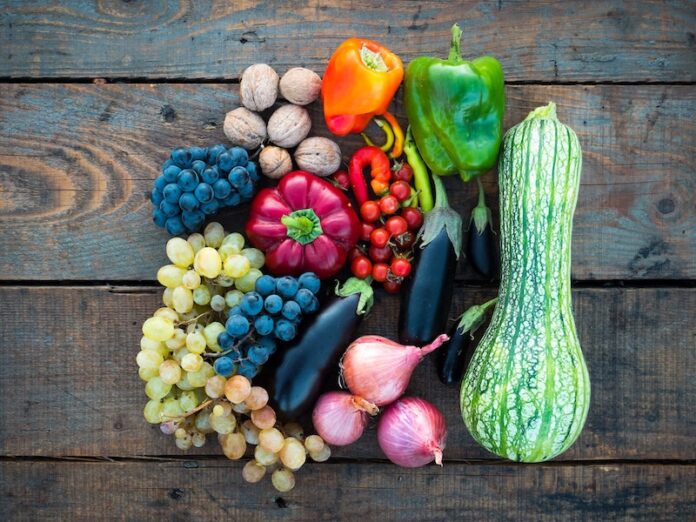Fiber is gaining traction in the health and wellness world. With new research suggesting fiber might be the key to fighting the obesity epidemic, chronic illnesses like cancer and heart disease, and even blood sugar dysregulation, it seems fiber is graduating from a bowel movement hero to a full-blown superfood. So what exactly is it?
What Is Fiber?
First of all, fiber is a kind of carbohydrate found in plants. Typically, the carbs we eat break down into sugar that is then used as our body’s main source of energy. Nearly all the biological processes that keep us alive rely on sugar as fuel to carry out everything from using and building muscle to sending electrical impulses in our brains that develop our thoughts. However, fiber is different. It’s a kind of carbohydrate that human bodies can’t break down and digest, and therefore can’t use as energy. Nonetheless, this indigestible carbohydrate plays a critical role in our overall health, and there are two kinds.
The Two Types Of Fiber
What Is Soluble Fiber?
Soluble fiber is so named because it dissolves in water, forming a gel-like consistency. While most carbohydrates are sources of sugar, not only does soluble fiber not contribute to the amount of sugar available, but it actually slows down the digestion of carbs. When eaten alongside those carbs that humans can digest, soluble fiber helps the body break down and absorb the sugar at a more manageable rate. This keeps blood sugar from spiking and triggering an overzealous insulin response, which, over time, can cause damage associated with diabetes.
This kind of fiber is commonly found in grains such as barley and oats, legumes like beans and lentils, and seeds including flaxseed and chia. Beautifully, these same foods provide good amounts of immediately-available sugar for the body to use as energy. When eaten as a whole food, the two kinds of carbs balance each other out by providing energy along with a mechanism to regulate the rate at which your body absorbs that energy.
However, most of the packaged foods available at the grocery store today have been stripped of their natural fiber content, which has aided in the villainizing of common carbs, being called “empty calories” and accused of being the cause of many chronic diseases in America like heart disease and diabetes. In reality, carbs are one of the most crucial and fundamental building blocks of life when consumed the way we ate it for hundreds of thousands of years: with fiber. By adding a mix of both fibers back into our diets and into our foods, research has shown dramatic reductions in chronic illnesses. Some communities with high-fiber diets slash rates of heart disease by half and cancer by a fifth.
What Is Insoluble Fiber
The other kind of fiber is insoluble fiber, which does not dissolve in water. While this kind of fiber doesn’t form into a gel, it does pull water into your digestive tract. One of the primary roles of insoluble fiber is to add bulk to your intestines which helps push waste through the body. This kind of fiber is sometimes referred to as “nature’s laxative” as it helps prevent constipation. A major source of insoluble fiber is cellulose, the carbohydrate that makes up plant cell walls. Most whole foods have a mix of soluble and insoluble fiber, but one of the easiest ways to raise your intake is by incorporating insoluble fiber into your morning bowl of cereal.
The Fiber Solution
Both soluble and insoluble fiber play an important and dynamic role in overall health. Despite fiber’s common associations with constipation, this critical nutrient is capable of adding years to a person’s life and warding off the biggest medical threats to Americans today.

